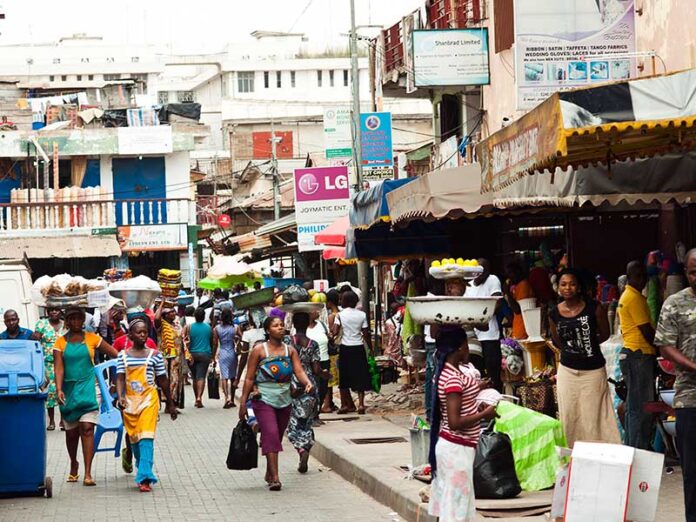The Ghana Statistical Services (GSS) has released figures indicating that out of the 11.39 million Ghanaians employed by the third quarter of 2023, 6.44 million were females as compared to 5.52 million males. This data is based on the GSS’s 2023 Annual Household Income and Expenditure Survey (AHIES).
The report also shows that more females have been employed than males, with an average difference of about 600,000 and 900,000 for 2022 and 2023 respectively. However, despite the increase in female employment, the unemployment rate among females rose from 17.5% in the second quarter of 2023 to 17.7% in the third quarter of the same year.
On the other hand, the unemployment rate for males remained stable at 10.9% between the second and third quarters of 2023. The survey also highlighted that the average unemployment rate for the first three quarters of 2023 was 14.7%.
According to the report, the unemployment gender gap in 2023 widened relative to 2022 due to a sharp increase in the unemployment rate of females between the fourth quarter of 2022 and the first quarter of 2023.
The study further revealed that by the end of the third quarter of 2023, the most dominant sector for employed females was the services and sales sector, accounting for 41.7%, while for employed males, it was the skilled agriculture forestry and fisheries sector at a rate of 39.8%.
Additionally, the data showed that females had a much lower share of jobs as plant and machine operators or assemblers, averaging at about 0.3% across the first three quarters of 2023, compared to males who averaged 11.0% for the same period.
The report also pointed out that there were more females engaged in vulnerable employment, with a consistently higher rate than males by about 20 percentage points across all seven quarters. By the end of the third quarter of 2023, 77.8% of employed females were in vulnerable employment as against 57.7% of employed males.
It should be noted that vulnerable employment refers to work that lacks formal work arrangements, decent working conditions, and adequate social security.
The AHIES, which is the first nationally representative high-frequency panel to provide quarterly data on the labour force, is designed to provide disaggregated labour statistics to support policy and planning, in line with the national development agendas for the labour force.

